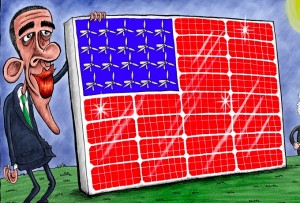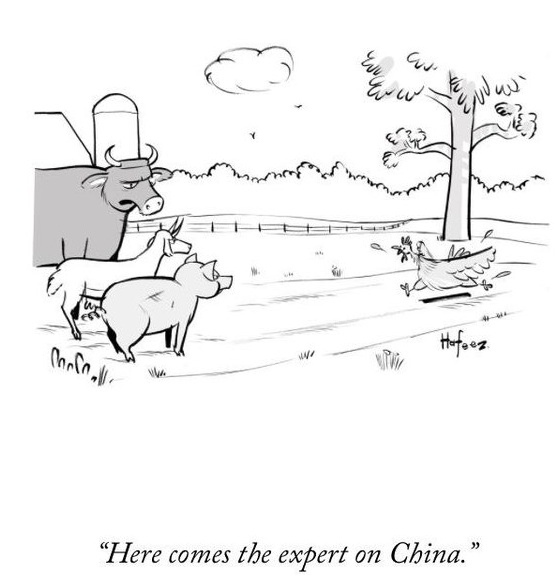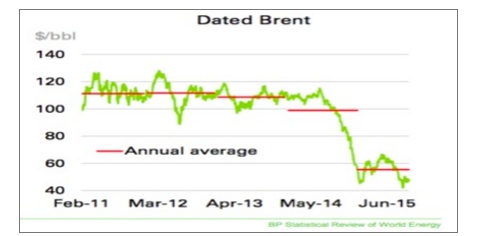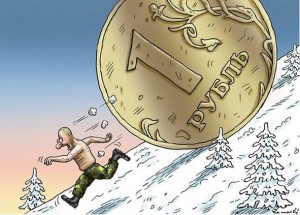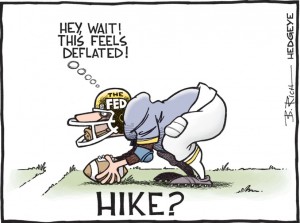Mariana Mazzucato writes: The global agreement reached in Paris last week is actually the third climate agreement reached in the past month. The first happened at the end of November, when a group of billionaires led by Bill Gates, Mark Zuckerberg, and Jeff Bezos announced the creation of a $20 billion fund to back clean-energy research. On the same day, a group of 20 countries agreed to double their investment in green energy, to a total of $20 billion a year.
Of the two pre-Paris announcements, it was that of the Breakthrough Energy Coalition (BEC) grabbed the headlines. If a technological breakthrough is needed in the fight against climate change, whom should we expect to provide it, if not the wizards of Silicon Valley and other hubs of free-market innovation?
On its own, the free market will not develop new sources of energy fast enough. The payoff is still too uncertain. Just as in previous technological revolutions, rapid advances in clean energy will require the intervention of a courageous, entrepreneurial state, providing patient, long-term finance that shifts the private sector’s incentives. Governments must make bold policy choices that not only level the playing field, but also tilt it toward environmental sustainability.
Advances in clean energy will require the involvement of both the public and the private sector. Because we do not yet know which innovations will be the most important in decarbonizing the economy, investment must be allocated to a wide array of choices. Long-term, patient finance must also be available to help companies minimize uncertainty and bridge the so-called “Valley of Death” between basic research and commercialization.
The BEC’s argument – that the “new model will be a public-private partnership between governments, research institutions, and investors” – shines a welcome spotlight on the relationship. Unfortunately, however, aside from Gates and his colleagues, there are few signs that the private sector can be counted on to lead the way.
The energy sector has become over-financialized; it is spending more on share buybacks than on research and development in low-carbon innovation. The energy giants ExxonMobil and General Electric are the first and tenth largest corporate buyers of their own shares. Meanwhile, according to the International Energy Agency, just 16% of investment in the US energy sector was spent on renewable or nuclear energy. Left to their own devices, oil companies seem to prefer extracting hydrocarbons from the deepest confines of the earth to channeling their profits into clean-energy alternatives.
Meanwhile, government R&D budgets have been declining in recent years – a trend driven partly by under-appreciation of the state’s role in fostering innovation and growth, and more recently by austerity in the wake of the 2008 financial crisis.
The main public-sector bodies playing a leading role in promoting the diffusion of green-energy technologies are state development banks. Indeed, Germany’s KfW, the China Development Bank, the European Investment Bank, and Brazil’s BNDES are four of the top ten investors in renewable energy, amounting to 15% of total asset finance.
The public sector can – and should – do much more. For example, subsidies received by energy corporations could be made conditional on a greater percentage of profits being invested in low-carbon innovations.
While charitable donations by billionaires certainly should be welcomed, companies should also be made to pay a reasonable amount of taxes. After all, as the BEC’s manifesto points out, “current governmental funding levels for clean energy are simply insufficient to meet the challenges before us.” And yet, in the UK, for example, Facebook paid just £4,327 in tax in 2014, far less than many individual taxpayers.
The willingness of Gates and other business leaders to commit themselves and their money to the promotion of clean energy is admirable. The Paris deal is also good news. But they are not enough.

